Find out all the dos and don’ts of physiological testing as we break down VO2max and lactate/ramp testing.
Find out all the dos and don’ts of physiological testing as we break down VO2max and lactate/ramp testing.
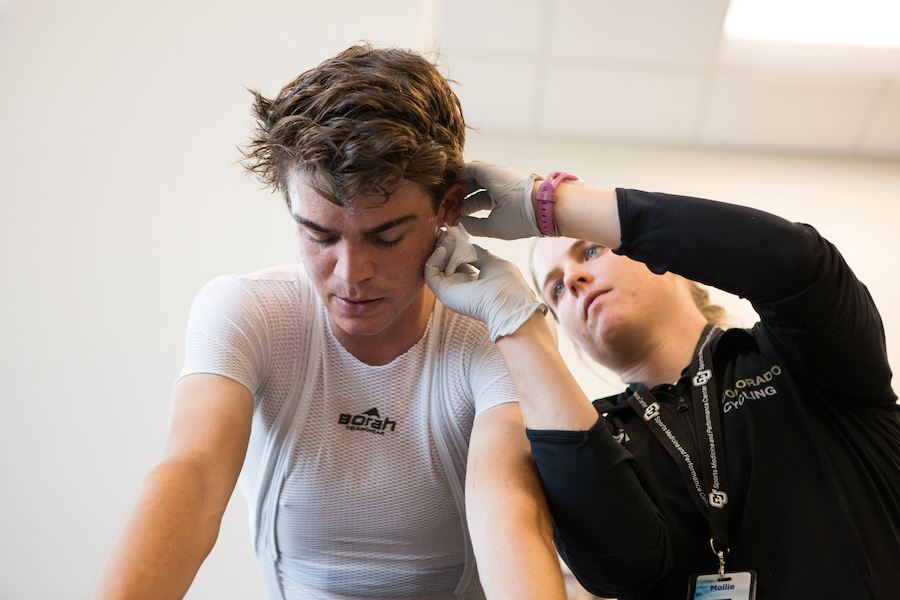
Find out all the dos and don’ts of physiological testing as we break down VO2max and lactate/ramp testing.

Find out all the dos and don’ts of physiological testing as we break down VO2max and lactate/ramp testing.
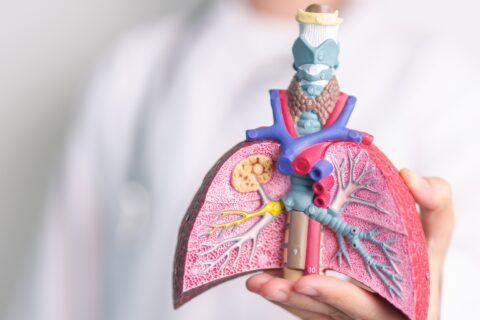
Oxygen delivery, VO2max, and breathing efficiency all shape how the respiratory system supports endurance performance.
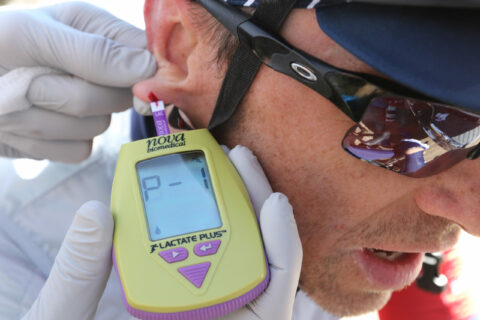
As more athletes decide to dive into do-it-yourself lactate testing, we explain how to best conduct measurements and how to avoid the most common mistakes.
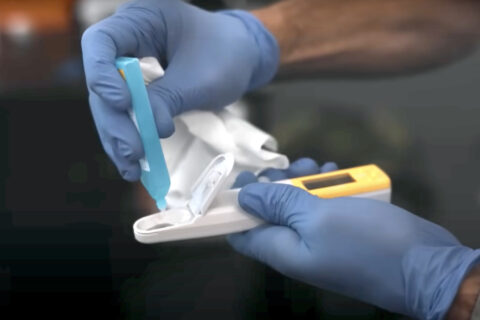
We detail the integral role that water and sodium play in our physiological processes, and how understanding sweat rate and composition can improve performance, recovery, and health.
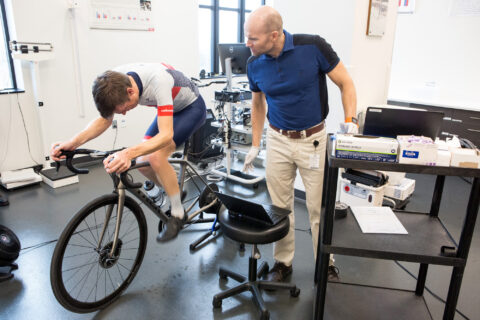
Physiological testing is a powerful tool to fine-tune your training and optimize performance.